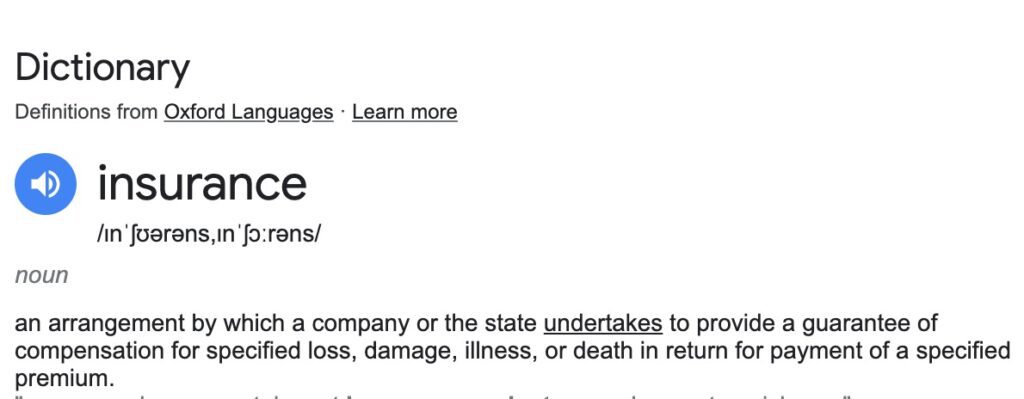Most property owners pay their insurance premiums each year, in good faith that they have appropriate insurance cover should anything go wrong.
Yet, 83% of Australians are under-insured on their properties.
Two years ago, my chat with Marty Sadlier from MCG Quantity Surveyors was eye-opening. In fact, it changed my view on property insurance forever.
The question of property insurance comes up daily for us. Whenever a client purchases a property, we send through a ‘next steps guide’ which talks through a myriad of things to anticipate, and also covers off the important tasks. Getting building insurance in place when a property purchase is unconditional is essential, even when we know that the vendor would have had insurance in place at the time of preparing the contract.
Insurance isn’t as easy to navigate as we often think. Premiums vary, some disasters aren’t covered, excesses can be expensive, and renewing online can be problematic for many. And that’s just the policy and provider details to tackle.

By far, the most common question we get about insurance is “how much should I insure the property for?”
The first consideration that usually takes a lot of explaining relates to depreciated dwellings versus a rebuild. Buyers often use a summation method when they argue the value of their dwelling rebuild. For example, they’ve paid $1,000,000 for a property and they know that an equivalent-sized block of vacant land in the area would be worth $800,000. So, they apply the logic that the dwelling is worth $200,000. It is indeed, in it’s depreciated, aged state. But they won’t have much luck rebuilding the house for $200,000 should the unforeseen happen.
The second discussion challenges their thinking on bespoke building, versus mainstream, ‘off the shelf’ builders. If they have purchased a 120 year-old, period Victorian, they won’t be so thrilled with a GJ Gardner replacement. Bespoke designs in older, established areas are quite different, (and much more expensive) than house and land package designs. Understanding the likely build cost of such a dwelling is critical.
Lastly, but most importantly, property owners need to factor in more than just a building contract. Rebuilding a dwelling after significant damage requires far more expense than just the cost of building. These are often overlooked, and they can make the difference between full cost coverage and the inability to rebuild.
This is known as under-insurance.
In addition to the building costs associated with a rebuild, the following items also need to be factored in.
- The demolition and removal of debris and asbestos of the original structure, including all associated consultant fees;
- The cost of reconstructing a new building considering and revised or amended planning constraints and updated building codes;
- All consultant fees and preliminaries;
- Cost Escalations for time taken to complete assessment, design, tender evaluations, construction periods and new policy renewal dates.
Some insurers will pay out a pro-rata portion of the damage when a property owner has insufficient insurance in place.
The difference between an online algorithm estimate and a certified Replacement Cost Estimate can be significant. The report provided by qualified professionals is also known by other nanes:
- Insurance Replacement Valuation
- Insurance Replacement Cost Reports
- Replacement Cost New Assessment
Quantity Surveyors charge a fee for the Replacement Cost Estimate, and they encourage their clients to review the assessment every 3-5 years.
Regardless of whether a Replacement Cost Estimate is provided by a professional firm or not, the right amount of coverage is the key.
Source: Special thanks to the team at MCG for providing so much knowledge and information
REGISTER TO OUR NEWSLETTER
INFORMATION
CONTACT US
1A/58 ANDERSON STREET,
YARRAVILLE VIC 3013
0422 638 362
03 7000 6026
CATE@CATEBAKOS.COM.AU
